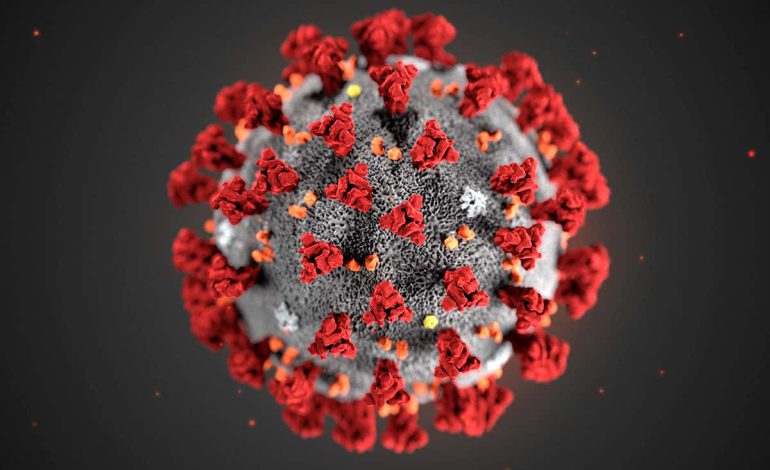New study identifies six new 'types' of COVID-19

A new COVID -19 study carried out by the Kings College of London has shown that there are are six new ‘types’ of the COVID-19 virus. This study was carried out by analyzing data from the COVID Symptom Tracker app.
The researchers studied data from approximately 1,600 U.K. and U.S. patients who logged their symptoms regularly in the COVID Symptom Tracker App in March and April 2020.
To test the algorithm, the researchers then run the results against a second independent set of results of 1,000 of the app’s users in the UK, US and Sweden. These users had logged their symptoms in May.
Initially, doctors would look for key symptoms of the COVID -19 infection, characterized by a dry cough, fever and loss of smell. However, according to this new study, these six distinct ‘types’ are distinguished by different clusters of symptoms.
A scientist in the laboratory ( source; forbes.com)
The six ‘types’ include;
1. Flu-like with no fever
Characterized by symptoms such as; headache, loss of smell, cough, muscle pain, sore throat and chest pains with no fever. The study showed that only 1.5% of the patients needed breathing supported by oxygen ventilation.
2.Flu-like with fever
Characterized by headache, loss of smell, cough, sore throat, hoarseness and loss of appetite accompanied with fever. Only 4.4%of patients experiencing these symptoms required oxygen ventilated breathing support system.
3.Gastrointestinal
Patients with this type experience headaches, loss of appetite and sense of smell, sore throat, chest pains with no cough but diarrhoea. 3.3% of patients in this stage require breathing support in form of oxygen ventilation.
4. Severe level 1(fatigue)
This type makes the patients experience fatigue, headache, loss of smell, cough, fever, hoarseness, chest pain with a lot of fatigue. The percentage of patients requiring breathing support as the study reports, is 8.6%.
5. Severe level 2(Confusion)
This type is characterized by headache, loss of smell and appetite, cough, fever, sore throat, chest pains, muscle pain and fatigue with a lot of confusion. Only 9.9 % of patients experiencing this type require breathing support system.
6.Severe level 3( Abdominal and Respiratory)
This is termed as the most severe stage of the COVID types. It is characterized by headache, loss of sense of smell and appetite, cough, fever, hoarseness, sore throat, chest and muscle pains, fatigue, confusion, shortness of breath, diarrhoea and abdominal pain . 19.8% percentage require breathing support system.
Findings
The research came up with findings that most people with cluster four, five, six, according to the COVID-19 Symptoms Tracker App, tend to be older and frailer. The patients are also overweight and have preexisting conditions like diabetes and lung disease.
It also revealed that besides the key symptoms, fever, loss of smell and a contagious cough, people can experience a wide range of symptoms such as rashes, headaches, diarrhoea, confusion and shortness of breath among others.
Additionally, some of the lesser-known symptoms such as confusion and abdominal pain are the hallmarks of the most severe forms of the disease.
This discovery will open the possibilities for doctors to know how to better treat and predict what level of hospital care patients would need.
Feature Image: COVID -19 image. (Source: new scientist.com)




